First-Aid Checklist for Pools
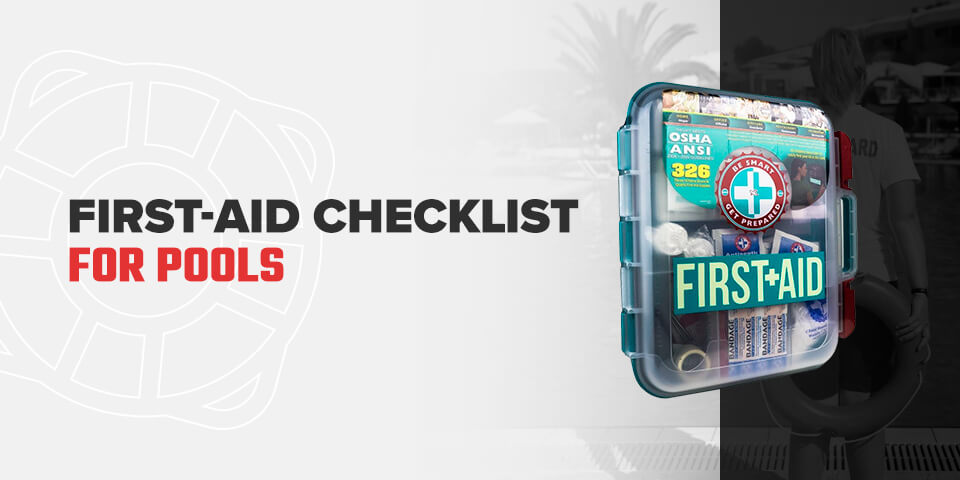

Every pool should have essential first-aid gear in case of an emergency. Necessary equipment includes first-aid kits, emergency blankets, rescue tubes, ring buoys, defibrillators and ample safety signage. A simple first-aid kit for the pool area, along with pool rescue equipment, can save lives during emergencies. Use this lifeguard first-aid kit checklist to make sure your staff is prepared for anything.
Pool First-Aid Checklist
At pools, minor scrapes and bruises are common. While implementing safety rules such as no running and no shallow diving can help decrease minor injuries, it's still important to be prepared. More serious injuries can also occur, and administering first aid on-site can save lives. Your pool should have all fundamental supplies in a pool first-aid kit. Here is a pool first-aid kit checklist with all the basics:
- At least two absorbent compresses
- At least 25 bandages in assorted sizes
- One 10-yard adhesive cloth tape
- At least five 1-gram antibiotic ointment packs
- Aspirin, at least two packets of 81-milligram tablets
- A breathing barrier
- A cold compress
- Non-latex gloves of various sizes
- At least two hydrocortisone ointment packets
- A pair of scissors
- At least two roller bandages of different widths
- At least 10 sterile gauze pads of various widths
- An oral thermometer
- At least two triangular bandages
- A pair of tweezers
It's a good idea to purchase a few complete first-aid kits, depending on the size of your pool. Choose a kit with official Occupational Safety and Health Administration (OSHA) certification for pool first aid. These kits exceed swimming pool first-aid kit requirements. In addition to the basic items, this kit includes wound closure strips, finger splints, splinter removers and aspirin alternatives. It can be wall-mounted or carried by the handle.
You may also want to supplement this first-aid kit with several fast response kits, which lifeguards can wear at their stations. Immediate access to a fast response kit may allow for quicker care during an emergency. You may also want one or more waterproof and windproof emergency blankets to reflect body heat, as well as extra sunscreen.
Additional Safety Items Your Pool Should Have
Pools also require additional safety items beyond the standard first-aid kits. Rescue tubes and ring buoys are vital for removing drowning swimmers from the water, and defibrillators can save someone in the event of cardiac arrest. Posting ample safety signage can keep emergencies from happening in the first place by educating swimmers on safe behavior. Make sure to include all the following items in your swimming pool safety equipment checklist:
1. Rescue Tubes
Rescue tubes allow lifeguards to pull people from the water. They're made from water-resistant flexible foam with a towline and shoulder strap for the lifeguard as well as a fitting or hook for the swimmer. Using a rescue tube, a lifeguard can swim unhindered while towing someone behind them, which is much easier than swimming with someone under your arm.
Every pool should have at least as many standard rescue tubes as it has lifeguards on duty. Choose a strong, durable tube, several inches wide and several inches thick. Opt for a color that will stand out in the water, such as red, to make rescues easier.
2. Ring Buoys
Ring buoys are a classic water rescue tool that can be found on many ships and beaches. Your pool should have several ring buoys within a convenient distance of the water. Doughnut-shaped ring buoys allow a struggling swimmer to grab on while someone else pulls them to land with a throw rope.
Consider the size of the ring buoy your pool may need, as different sizes offer different advantages. Smaller ring buoys are lighter weight, which makes them easier to carry and throw long distances. If your pool is especially wide, a smaller ring might be the right option for you. On the other hand, larger ring buoys have better buoyancy, meaning they can support larger swimmers or multiple swimmers at a time. You may want to have several ring buoy sizes available.
3. Automated External Defibrillators (AEDs)
Your pool should also have an automated external defibrillator (AED) in case a pool-goer experiences cardiac arrest. It can happen to anyone at any time, and waiting for an ambulance to arrive might not be an option. An AED can restore normal heart rhythms for immediate relief from cardiac arrest. Be sure to provide your lifeguards with training on how to use an AED and purchase an AED with programmed, automatic instruction.
4. Safety Signage
Also important for pool safety is adequate signage. Every pool requires signage indicating unsafe activities. You may need any of the following signs, depending on your pool amenities:
- No breath holding sign: Breath-holding games can cause swimmers of any age to lose consciousness underwater and potentially drown. You may want to include no breath-holding signage to deter swimmers from such activities. Be sure your lifeguards keep an eye out for breath-holding play.
- Slide caution sign: If your pool has a slide, a slide caution sign is a must. It will tell swimmers to wait for the signal from the slide attendant, which can help avoid dangerous collisions at the bottom of the slide.
- No diving sign: Pools with areas of shallow water must have no diving signage. Diving into shallow water can cause traumatic brain injuries and drowning.
- First-aid station sign: You may also want to include signage indicating where the first-aid station is. That way, anyone will be able to find the first-aid gear in the event of an emergency.
In addition to these signs, you may also want to include lifeguard stand signage, lifeguard on duty or not on duty posters, pool closed and open signs and hand-washing instruction sheets. Such safety signage can help prevent injuries at your pool.
Get First-Aid Supplies and Safety Gear From The Lifeguard Store
Swimming safety items are necessary at any pool. Bandages, painkillers, cold compresses and other first-aid gear can help with minor to serious cuts and scrapes. Tubes and buoys can prevent swimmers from drowning, and AEDs can rescue any pool-goers who experience cardiac arrest. In general, safety signage can help prevent emergencies before they happen.
Gather all the first-aid supplies and safety gear you need to make your pool as safe as possible. You can find everything you need for your pool at The Lifeguard Store. We supply pools with lifeguard uniforms, training gear, signage, chairs, diving boards and anything else a pool might need. To get started creating a safe, fun and relaxing pool, browse our pool supply merchandise today.
Learn More About Safety Tips:
Share this post
Topics
- Swimming Tips
- 130513
- Fitness
- Prevention
- Technique
- Training
- Workout
- Contest
- POTW
- New
- Kirazies
- Swim Team
- Pool Equipment
- Digital Pace Clock
- Fins
- Swim Goggles
- Krazies
- Practice
- Breath control
- Pull
- Fuel
- Nutrition
- Tips
- Energy drinks
- Competition
- Events
- IMX
- Parent eductation
- Lunch
- Parent education
- Snacks
- Portable fuel
- Triathlon
- Breathing
- Goals
- Planning
- Preparedness
- Aerobic
- Anaerobic
- Hypoxic
- Cycle
- Age grouper
- Swim for life
- Age group
- Kids
- 11-12
- Meets
- Skills
- Swim Fins
- Spandex
- Polyester
- Speedo
- TYR
- Kiefer
- Dolfin
- Durafast
- Aqualast
- XLA
- PBT
- Endurance
- Recreation
- Swimming
- Suit
- Swimsuit
- Swim Caps
- Swim Safety
- Open Water Swimming
- Sim Safety
- Safer Swimmer
- Backstroke Flags
- Pool Flags
- Anti-fog Goggles
- Backstroke
- Swimming pool
- Turns
- Finishes
- Meters
- Yards
- Lycra Swimsuit
- Polyester Swimsuit
- Swimsuit Fabric
- Swimsuit Material
- Competitive Swimwear
- Learn To Swim
- Floaties
- Life jacket
- Life vest
- Racing Lanes
- Early workout
- Alarm
- Sleep
- Lifeguard
- Water Safety
- Mobile Friendly
- Lane Ropes
- Training Gear
- Kickboard Review
- Kickboard
- Olympic Swimmer
- Bathing Caps
- Lycra Caps
- Silicone Caps
- Latex Caps
- Swim Practice
- Swim Workout
- Pools
- Save our pools
- Motivation
- Swim Gear Advice
- Swim Sweepstakes
- Holiday shopping
- Gifts
- Holiday
- Thanksgiving
- Turkey day
- Holiday training
- 2014
- New Year
- Fun training
- Swimming Cramps
- Google Catalog
- Kiefer Catalog
- Swimsuit Catalog
- Lifeguard Catalog
- Swim Backpack
- Swim Cap
- Tech Suits
- Swim
- Christmas
- Swim Meets
- Swimming Trivia
- Swimsuit Sizing
- Swimming Stretches
- Swimming Injuries
- Swimmer Gifts
- Hand Paddles
- Olympic Swimming Comebacks
- Rio 2016
- Swimsuit Backs
- 15M Marker
- Dolfin Uglies
- Carb Loading
- Rescue Tube
- Underwater MP3 Player
- Swimming Songs
- Lifeguard Whistle
- Butterfly
- Swimming technique
- Technical suit
- Tech suit
- Usaswimming
- Ban
- Club swimming
- Olympic trials
- Age group swimming
- Arena
- Olympics
- World championships
- Super suit
Tags




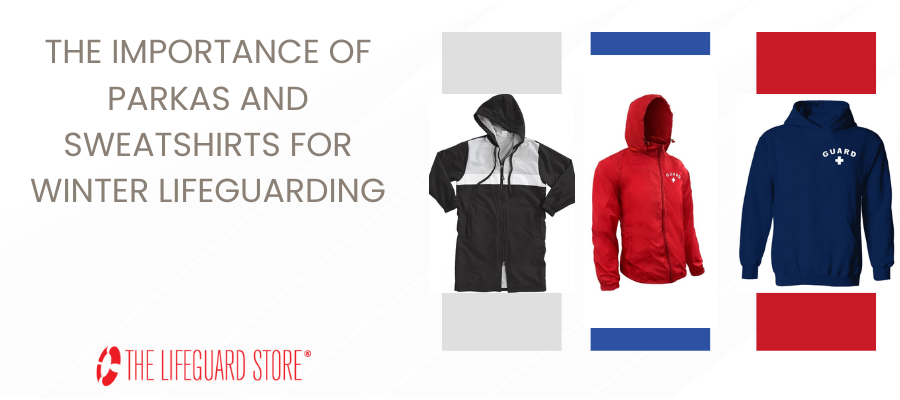
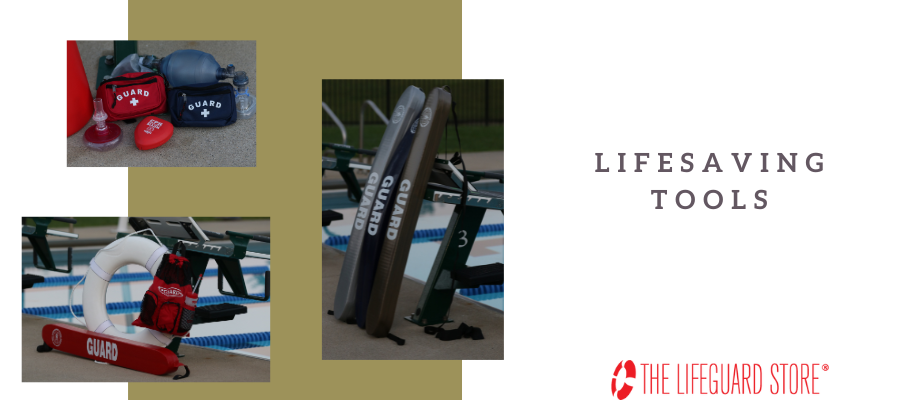
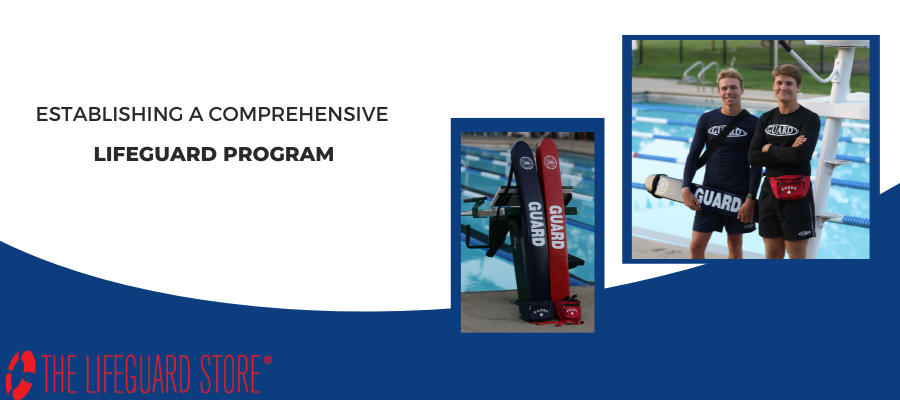
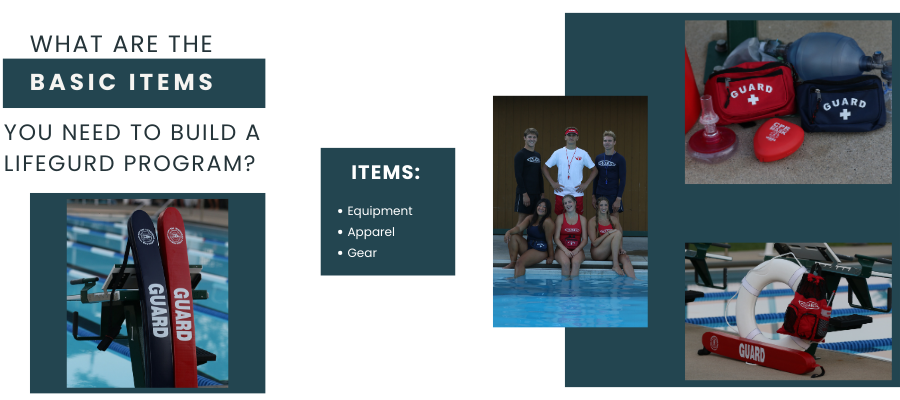
Leave a Comment
Your email address will not be published. Required fields are marked *